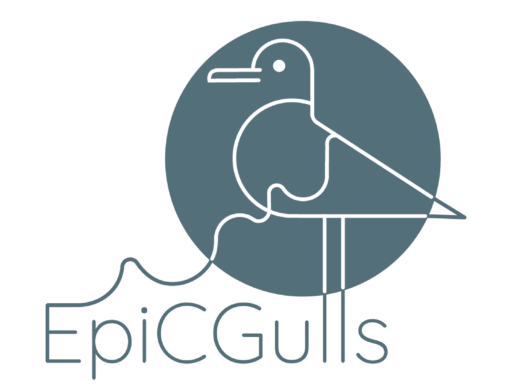Gull tracks
Yellow-legged Gulls are opportunistic birds that feed and breed in various water habitats but also in urban areas. Recently the population is increasing and they are spreading all around Europe. The reason for that are rubbish tips where they found an endless amount of food. They are a very mobile species that can migrate to long distances in a very short time. They are known to be a carrier of pathogens but so far there wasn’t any systematic research about the connection between gulls movement and prevalence of bacteria, in the case of Campylobacter jejuni in humans.
In 2021, we tagged 20 adult Yellow-legged Gulls in total on four locations in Croatia: one urban rooftop breeding colony in Zadar, two breeding colonies on the island Sveti Ivan near Rovinj and island Mrtovnjak, Dugi Otok, and on Jakuševec rubbish tip. All birds were tagged during the breeding season in April while they were nesting, except birds tagged on the rubbish tip Jakuševec. For each location, you can see individual bird tracks in different colours with the latest 200 fixes (exact coordinates) and by clicking on the individual track exact date and time is shown.
Yellow-legged Gulls marked in 2021




